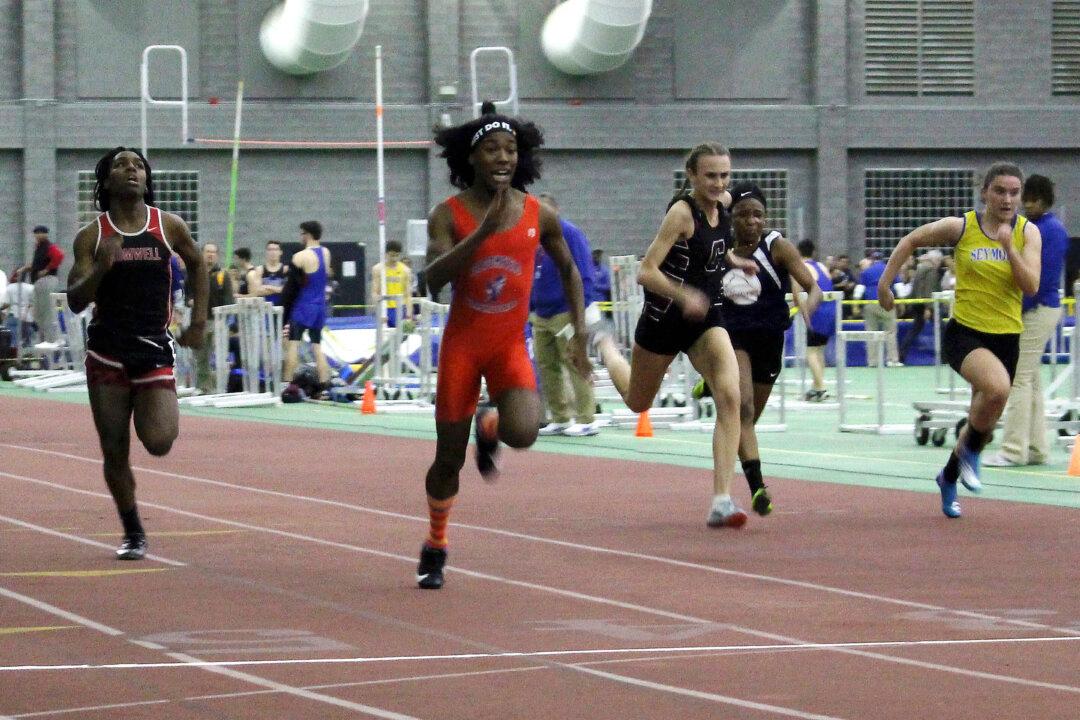The increasing inclusion of trans-identified male athletes in women’s sports means it is “only a matter of time” before the podiums and the teams on the track and field are dominated by biological males despite trans women representing less than one percent of the population, said an Australian women’s group advocate.
Save Women’s Sports Australasia co-founder Katherine Deves told The Epoch Times that while trans athletes are being “touted” by the media as groundbreaking and trailblazing, the trans inclusion policy creates a “loophole that can now be exploited” by “opportunistic countries, sports teams and individual athletes.”




